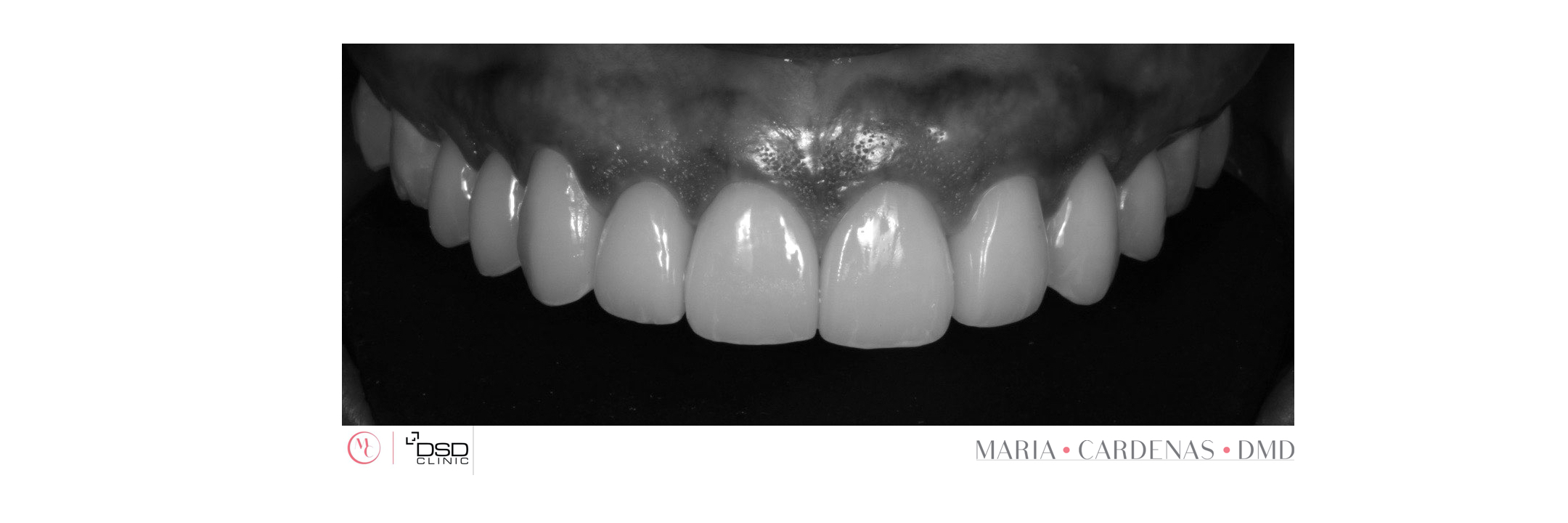Search for topics or resources
Enter your search below and hit enter or click the search icon.
April 8th, 2020
2 min read


Dental implant placement usually involves the following steps:
Initial consultation: Your implant dentist will thoroughly examine your mouth, including taking X-rays or 3D images, Digital Impressions and Portrait photography, discuss the various implant options and develop a plan for your implant surgery.
Dental implant placement: At your next scheduled appointment, your implant dentist will place the dental implant in your jawbone where your tooth is missing. Although each patient’s experience is unique, most people find they experience less pain and discomfort than they expect, and typically return to work the next day. Local anesthesia or IV sedation can be used to keep you comfortable, depending on the procedure. Post-implant surgery discomfort is similar to that of any other dental surgery. It may include swelling, bruising, minor bleeding and pain, but most patients usually manage any pain with over-the-counter medications.
How Long Does It Take For Dental Implants To Settle?
Osseointegration: As you heal, your implant and jawbone will grow together, forming a robust and long-lasting foundation for your replacement teeth. During this healing process, which can take up to a few months, an average time would be three months, you go on with your normal life. You will be on a soft food diet for the first few weeks to make sure your implants heal properly. In some cases, your implant dentist may also be able to place temporary teeth during this period, either removable or fixed options, if you choose, depending on your case.
Abutment placement: Once your implant integrates and heals with your jawbone, a small connector – called an abutment – is placed on the dental implant just above the gumline. In some cases, the abutment can be placed at the same time as the implant.
Custom-make and attach new teeth: After your gums heal, your dental implant dentist will make impressions of your mouth and remaining teeth to custom-make your artificial teeth. These teeth, which can be an individual crown, implant-supported bridge or dentures containing multiple replacement teeth – will be attached to the abutment.
Periodic checkups: Although they don’t decay, your new teeth will need the same routine care, checkups, and cleanings as your natural teeth. Depending on the number and type of implants and replacement teeth you receive, the entire process can take three to nine months. After your dental implant placement is finished, you’ll visit your dental implant dentist periodically for follow-up checkups, just as you do your regular dentist.
Types Of Implants & Techniques
Wellesley teeth implants consist of titanium posts which are placed into the jawbone where teeth are missing. The bone bonds with the titanium, creating a strong foundation for artificial teeth.
Dental implants come in different sizes, heights, and types. Our dental implant experts can help you determine which option is best for you, depending on your particular needs.
Types Of Implants
There are two main types of implants;
Endosteal: These dental implants are placed in the jawbone. Typically made of titanium and shaped like small screws, they are the most commonly used type of implant.
Subperiosteal: These dental implants are placed under the gum but on, or above, the jawbone. This type of implant may be used in patients who do not have enough healthy natural jawbone and Implant BLOGS cannot, or do not want to, undergo a bone augmentation procedure to rebuild it.
If your jawbone is not able to support dental implants, several techniques can be used to rebuild bone, restore your natural jawline and provide a sturdy foundation for implant-supported teeth.
These include;
Bone augmentation: This involves restoring or regenerating bone in your jaw when it is not able to support implants otherwise. Research shows that using bone additives and growth factors to fortify the bone generally achieves the best results.
Sinus lift: Also called sinus augmentation or sinus elevation, this involves adding bone below the sinus in cases where the natural bone has deteriorated due to missing upper back teeth.
Ridge expansion: If your jaw isn’t wide enough to support dental implants, bone graft material can be added to a small ridge, or space, created along the top of your jaw.

Connect with us!
.png)
Topics: